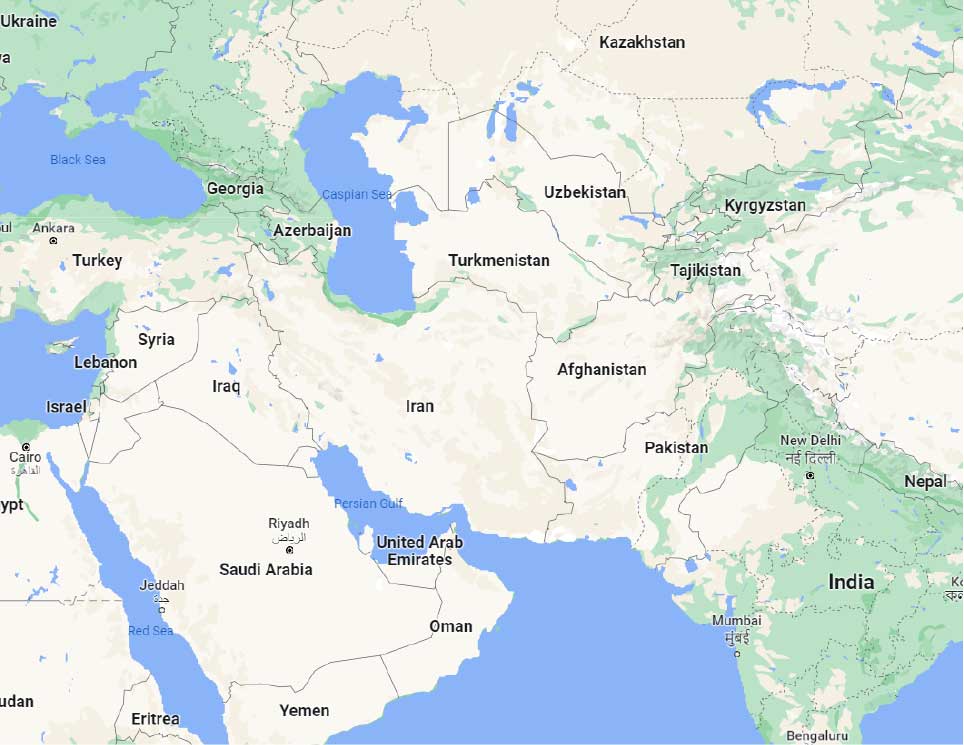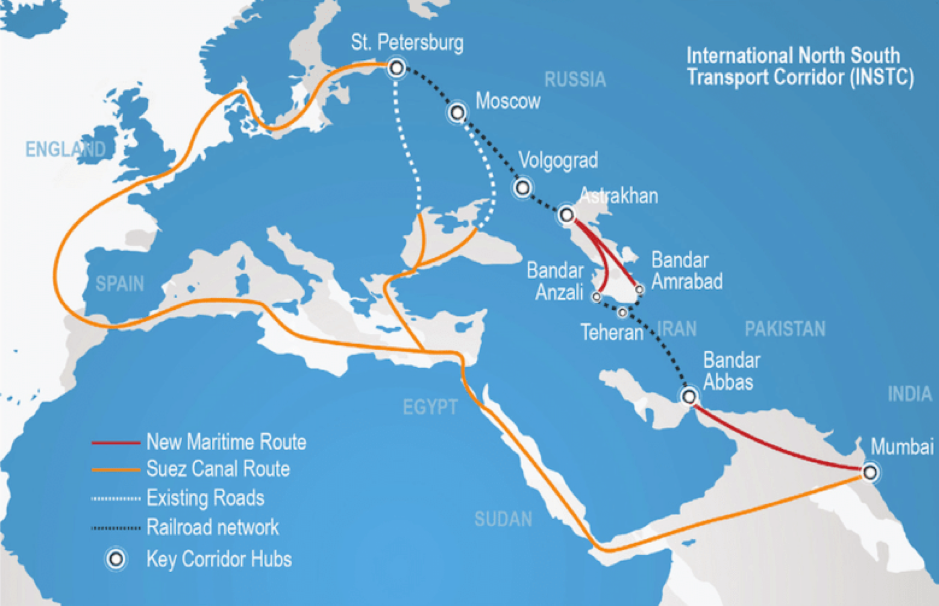Iran Oils and Fats Scenario
Iran’s oils and fats production is only sufficient to cover 30% of the total local consumption, and the country is highly dependent on imports to support local industry and consumption. Local production of oils and fats registered a total volume of 633,000 MT in 2021 which is lower than 722,000 MT recorded in 2017. In 2021, Iran produced 337,000 MT of soybean oil, 139,000 MT of rapeseed oil, 125,000 MT of butter and 26,000 MT of sunflower oil.
Iran’s per capita consumption is currently at 25.5 kg, showing a positive uptake of oils and fats, bringing an all-time high in imports to 2.12 million MT last year. However, the per capita consumption is still lower than the global average of 30.47 kg. Palm oil is the third-largest consumed edible oil after Soybean oil and sunflower oil, covering 19% of the consumed oils and fats.
Table 1: Iran’s Oils and Fats Balance (000 MT)
| 2017 | 2018 | 2019 | 2020 | 2021 | |
|---|---|---|---|---|---|
| Production | 721.6 | 758.8 | 620.5 | 748.3 | 633.0 |
| Imports | 1412.8 | 1205.2 | 1706.7 | 1041.0 | 2120.0 |
| Consumption | 2004.9 | 2026.9 | 2052 | 2113.0 | 2167.0 |
| Exports | 104.5 | 22.2 | 0.1 | 3.2 | 1.0 |
| Caput | 24.9 | 24.8 | 24.7 | 24.7 | 25.5 |
Source: Oil World
The production of the local oilseeds in Iran has not improved to support the local oils and fats consumption. The stagnating trend is due to minimum growth for planted area and yield. Water usage for agriculture is also too high due to inefficient methods employed. Currently, the country uses 97% surface water and 40% underground water, which is way too high and hardly any room for more planting. Current situations are expected to stay the same over the years, which require capital investment, increased allocation for the planted area, advancements in technology that would improve yield, better irrigation, and increased mechanisation.
Iranian consumers prefer to have different types of oil for each specific usage as they have different formulations to suit customers’ needs. The vegetable oils and fats are mainly categorised into frying oil, salad oil, and baking applications. The gap between local production and demand is around 1.5 million MT, primarily met by imports of palm oil, sunflower oil, and soybean oil. Due to population growth and the growing demand for food manufacturing, oils and fats consumption in Iran reached 2.2 million MT in 2021.
Chart 1: Iran’s Oils and Fats Imports, 2016-2021 (000 MT)

Iran is one of the biggest export destinations for oils and fats in the Middle East region. Sunflower, soybean, and palm oils are Iran’s top three vegetable oils, dominating over 85% of the total oils and fats imported every year. After being badly affected by the pandemic in 2020, economic activities have improved since the second half of 2021, including the HORECA, tourism, and export market. The demand for raw materials such as vegetable oils and fats brought a higher import volume. This is shown in chart 1 above. In 2021 imports for these three top oils recorded the highest with 2.067 million MT. The import increased by 106% compared to the previous year. For palm oil, Iran imported 489 thousand MT of palm oil in 2021, an increase of 185 thousand MT compared to 2022.
Malaysian Palm Oil Import Performance in Iran
Table 2: Malaysian vs Indonesian Palm Oil Imports 2016-2020 (000 MT)
| 2017 | 2018 | 2019 | 2020 | 2021 | |
|---|---|---|---|---|---|
| Malaysia (‘000 MT) | 499.7 | 488.6 | 555.8 | 321.1 | 404.3 |
| Indonesia (‘000 MT) | 38.3 | 5.2 | 0.1 | 30.2 | 32.0 |
| Others (‘000 MT) | 32.5 | 11.1 | 10.3 | 12.3 | 12.0 |
| Malaysia Share (%) | 87.6% | 96.7% | 98.2% | 88.3% | 90.2% |
Source: Oil World, MPOB
In the past five years, Malaysian palm oil dominated the Iranian palm oil with more than 87 % of the market share. Imports of Malaysian palm oil in 2021 recorded an increase from 321 thousand MT in 2020 to 404 thousand MT (Table 2). However, Malaysian palm oil imports recorded a drop for the period of Jan-April 2022 by more than 160 thousand MT compared to the same period last year. This was mainly due to high stock in the local market in the first quarter and high prices. It is expected to see more oils coming into the market in the second half of the year. RBD Palm Olein is the biggest palm oil product imported, with more than 80% yearly.
The importation of vegetable oils, including palm oil, is highly controlled by the government. This includes the enforcement of the import quota and subsidy scheme support. Palm oil has been put under the Iranian subsidies scheme since 2018, with the same benefit as sunflower oil and soybean oil. Under the scheme, the palm oil importers could apply for a lower exchange rate to get USD for importing the products from the Central Bank of Iran, which is almost ten times lower than the current open market rates. However, the vegetable oils imported under the subsidies schemes are only for domestic use.
Transit opportunities
Iran is strategically located, connecting several important international corridors, especially the landlocked countries and the Caspian Sea. In the east, Iran is connected to landlocked countries Afghanistan and Uzbekistan. The north through the Caspian Sea is linked to Turkmenistan, Kazakhstan, Azerbaijan, and South Russia. On the western borders of Turkey and Iraq, an alternative route to skip the Suez Canal and shorten the shipment of goods from Asian countries. In other words, Iran effectively connects eight countries and makes the country a potential transit for products from East Asia, especially palm oil from Malaysia.

This makes Iran a significant route in the transit of goods in the region. To take full advantage of its location for transit, Iran has many plans underway to boost its transit capacity. This would give another alternative for palm oil to be exported into the region through Iran. Some of these plans include improving the facilities in the Bandar Abbas port, the largest and most-equipped container port in the south, promoting and establishing the Chabahar Port in the southeast of the country, which will connect the ports other transit to the railway network, and improvement of transit procedures.
According to the statistic announced by the Islamic Republic of Iran Customs Administration (IRICA), the transit of goods through Iran rose by 75 per cent from March 2021 to January 2022, compared to the same period in the previous year. It is expected to see a growth of around 10 per cent annually. Iran has put several initiatives and development into the program to increase the transhipment and establish Iran as a transit point in the region. These include the most important cooperation with the neighbouring countries, the International North-South Transportation Corridor (INSTC). Other deals are such as International Road Transport (TIR) system, which uses Iran as a bridge for the route from Turkey to UAE and Pakistan; The Memorandum of Understanding (MoU) between Iran and Turkmenistan to expand the cooperation in building railways between the two countries; Iran-China strategic partnership deal as one of the alternative routes to Turkey and east Europe; without using Suez canal and other short term cooperations. However, this article will focus more on the INSTC and making Iran a transit country for palm oil in the region.
International North-South Transportation Corridor (INSTC)
The INSTC is a multi-mode Network that comprises sea freight, railways and road route with a distance of 7,200 km long. The route covers India, Iran, Afghanistan, Azerbaijan, Russia, Central Asia and Europe. The main objective of the INSTC project is to make the transportation of goods more effective, reduce the cost, shorter journeys and increase the connectivity. The East Asia region will benefit the palm oil exports to East Europe, South Russia and landlocked Central Asia countries. A study conducted by the Federation of Freight Forwarders Association in India found that the route is 30% lesser and 40% shorter compared to the traditional way. The study covered the connectivity between major cities such as Mumbai, Moscow, Tehran, Baku, Bandar Abbas, Astrakhan and Bandar Anzali. With current

The INSTC connects the Caspian Sea through Iran’s Anzali port in the north and the Indian Ocean in the South through Chabahar and Bandar Abbas ports. The connection of these ports will increase the trade between two parts of the world. Not only connecting the sea freight, but Iran is also looking to establish a dry port in some landlocked countries to accelerate cargo transit and export in the region.
Iran connecting Malaysian palm oil into the region
Through the development of the INSTC and other route connection deals in the region, Iran plays an essential role for Malaysian palm oil to penetrate further into the area, which is already an encouraging demand in Iran itself. The route itself is another alternative to the Suez Canal which takes a higher cost and travelling time from Malaysia to the final destination, especially to the countries in the south of Russia, Eastern Europe and landlocked countries in Central Asia.
Taking advantage of a high Malaysian palm oil market share in Iran which exceeds 300 thousand MT yearly, Malaysian industry players should consider establishing their presence in the country, taking Iran as a transit destination and improving the logistic services to support the supplies in the region. To be more competitive and increase the export of Malaysian palm oil into the region, price is not the only factor to consider. Still, the availability of products and shorter waiting period are also critical to reduce the price fluctuation risk and help cash flow management.
Prepared by: Mohd. Suhaili Hambali
*Disclaimer: This document has been prepared based on information from sources believed to be reliable but we do not make any representations as to its accuracy. This document is for information only and opinion expressed may be subject to change without notice and we will not accept any responsibility and shall not be held responsible for any loss or damage arising from or in respect of any use or misuse or reliance on the contents. We reserve our right to delete or edit any information on this site at any time at our absolute discretion without giving any prior notice.

